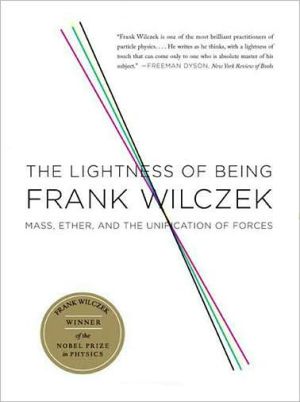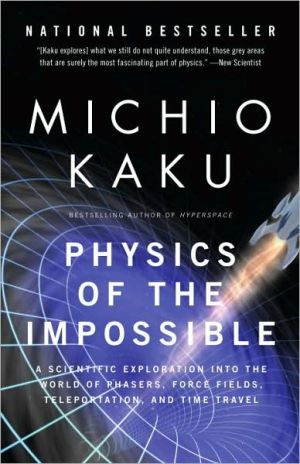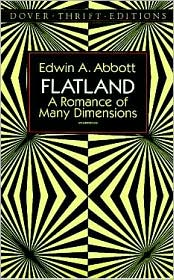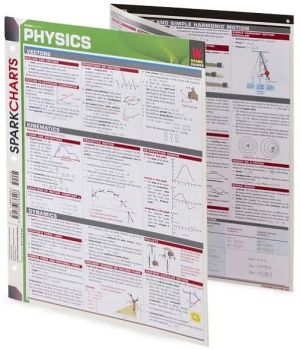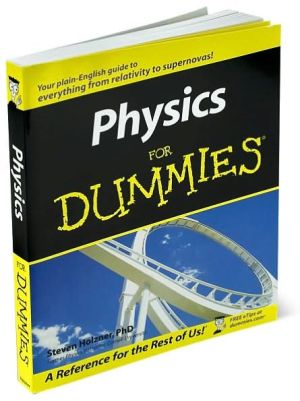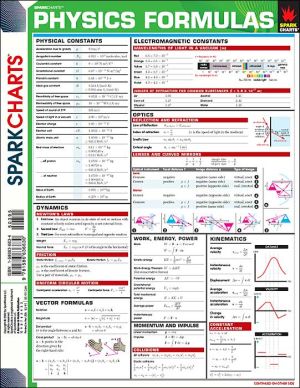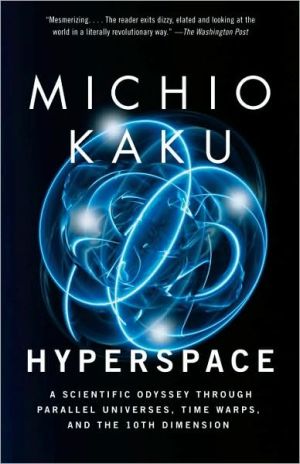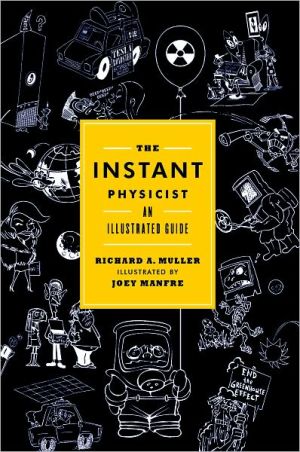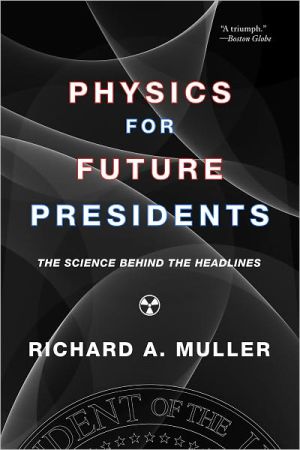The Lightness of Being: Mass, Ether, and the Unification of Forces
Our understanding of nature’s deepest reality has changed radically, but almost without our noticing, over the past twenty-five years. Transcending the clash of older ideas about matter and space, acclaimed physicist Frank Wilczek explains a remarkable new discovery: matter is built from almost weightless units, and pure energy is the ultimate source of mass. He calls it “The Lightness of Being.” Space is no mere container, empty and passive. It is a dynamic Grid—a modern ether— and its...
Search in google:
The 2004 Nobel Prize winner in physics brings us tantalizingly close to the long-sought Grand Unification of Forces. And then takes us beyond. Publishers Weekly Grand unification theories have long been a holy grail in science. Nobel Prize-winning physicist Wilczek, who has himself made notable contributions in this field, offers a survey of everything in the universe from quarks to black holes, elucidating the current scientific thinking on how matter and energy interact. The two main concepts are the "Grid" and the "Core." Wilczek says the grid is a conceptual descendant of ether, that mysterious substance scientists once believed filled empty space. Now some physicists theorize that space is highly structured by the grid, which is the "primary ingredient of physical reality" and the substance from which all physical matter is formed. Core theory, on the other hand, provides a "theory of everything," reconciling gravity with electromagnetism and the strong and weak nuclear forces. Wilczek reports a couple of problems with core theory: it's not very elegant (scientists love elegance in their equations), and it hasn't been reconciled with string theory. This book is not for most general readers, but will be a hit with hard-core science buffs. Photos, illus. (Sept.)Copyright © Reed Business Information, a division of Reed Elsevier Inc. All rights reserved.
About the Title ixReader's Guide xiPart I The Origin of Mass1 Getting to It 32 Newton's Zeroth Law 113 Einstein's Second Law 184 What Matters for Matter 225 The Hydra Within 266 The Bits Within the Its 327 Symmetry Incarnate 588 The Grid (Persistence of Ether) 739 Computing Matter 11210 The Origin of Mass 12811 Music of the Grid: A Poem in Two Equations 13312 Profound Simplicity 135Part II The Feebleness of Gravity13 Is Gravity Feeble? Yes, in Practice 14514 Is Gravity Feeble? No, in Theory 14815 The Right Question 15116 A Beautiful Answer 152Part III Is Beauty Truth?17 Unification: The Siren's Song 16318 Unification: Through a Glass, Darkly 17719 Truthification 18220 Unification SUSY 18521 Anticipating a New Golden Age 192Epilogue: A Smooth Pebble, a Pretty Shell 199Acknowledgments 205Appendix A Particles Have Mass, the World Has Energy 207Appendix B The Multilayered, Multicolored Cosmic Superconductor 211Appendix C From "Not Wrong" to (Maybe) Right 217Glossary 221Notes 243Illustration Credits 259Index 261
\ Publishers WeeklyGrand unification theories have long been a holy grail in science. Nobel Prize-winning physicist Wilczek, who has himself made notable contributions in this field, offers a survey of everything in the universe from quarks to black holes, elucidating the current scientific thinking on how matter and energy interact. The two main concepts are the "Grid" and the "Core." Wilczek says the grid is a conceptual descendant of ether, that mysterious substance scientists once believed filled empty space. Now some physicists theorize that space is highly structured by the grid, which is the "primary ingredient of physical reality" and the substance from which all physical matter is formed. Core theory, on the other hand, provides a "theory of everything," reconciling gravity with electromagnetism and the strong and weak nuclear forces. Wilczek reports a couple of problems with core theory: it's not very elegant (scientists love elegance in their equations), and it hasn't been reconciled with string theory. This book is not for most general readers, but will be a hit with hard-core science buffs. Photos, illus. (Sept.)\ Copyright © Reed Business Information, a division of Reed Elsevier Inc. All rights reserved.\ \ \ \ \ Library JournalWilczek (physics, MIT), the author of several recreational and theoretical physics books (Fantastic Realities) and a 2004 Nobel laureate in physics, here writes on the physics and cosmology of empty space, mass, gravity, and the fundamental forces that shape our world. Drawing on a series of refined lectures he gave to audiences interested in exploring profound ideas and equally bigger questions on the nature of the universe, Wilczek successfully documents the great discoveries, ideas, and mysteries of our universe. Chapters include commentaries on symmetry, simplicity, unification, and computing matter, and the author uses nontechnical language that is devoid of mathematics and theoretical proofs and that is rich in personal reflection and historical context. Unfortunately, the book lacks editorial direction, fails to define its audience, and is a quantum leap from time-tested classics in this field (e.g. Brian Greene's The Elegant Universe) This is a book destined for leisure reading by general audiences with an appreciation for physics. For the science collections of larger public libraries.\ —Ian D. Gordon\ \ \
